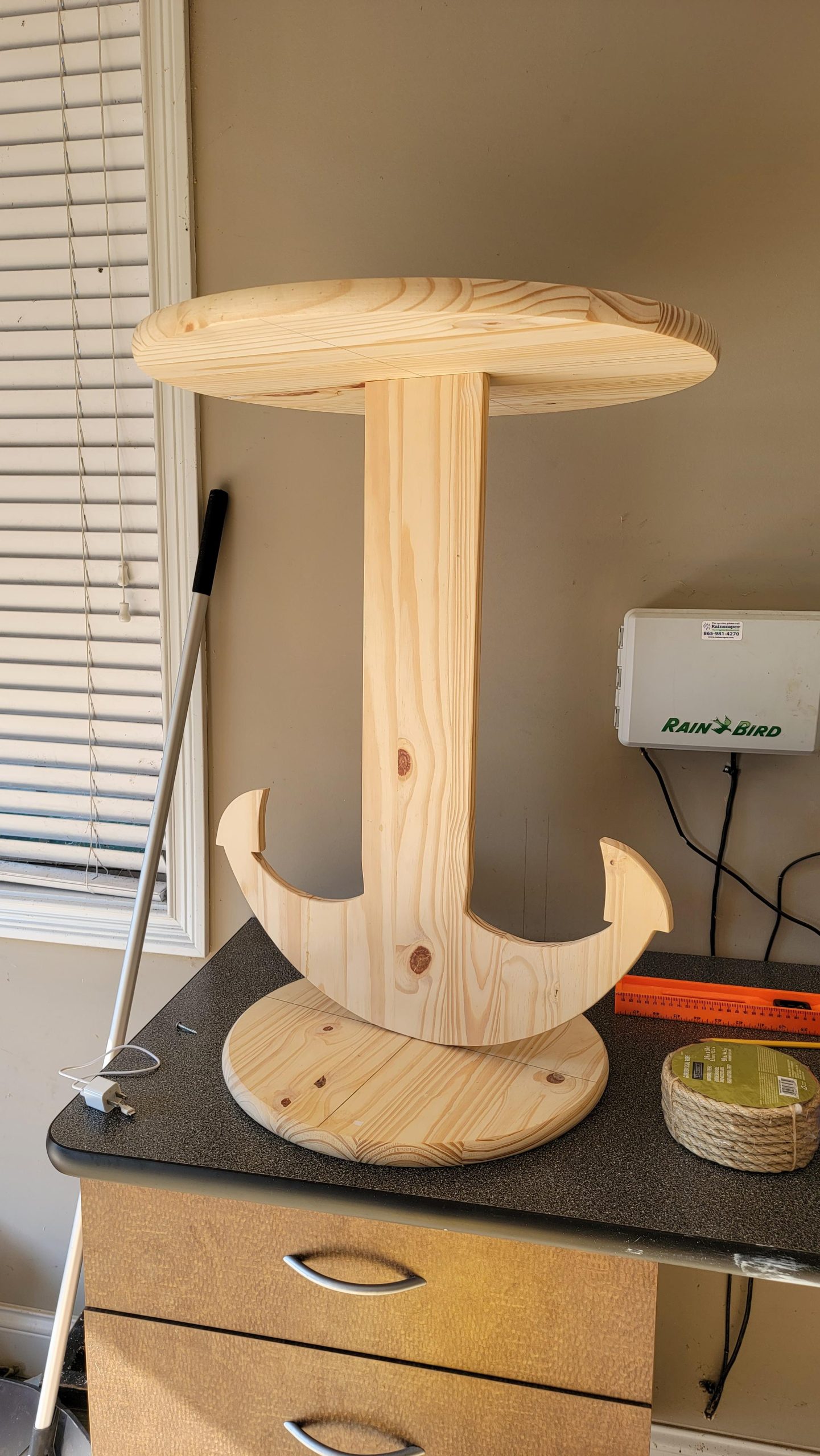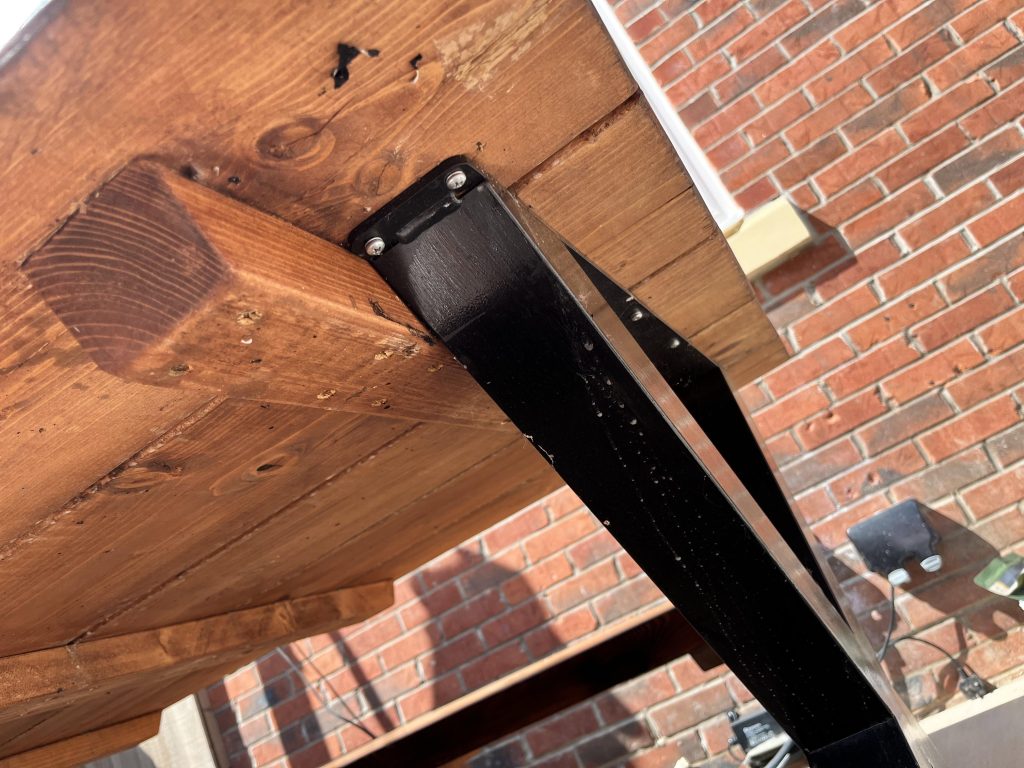

A wooden table wobbling constantly can be a real pain, and a significant source of frustration for all involved. Imagine enjoying a meal with friends or family, only to have the table start shifting under your plates. This article will dive into the common causes of a wobbling wooden table and provide clear, step-by-step fixes to get your table stable and enjoyable again. We will cover everything from assessing the problem to applying various solutions, including how to fix wobbly table legs and adjusting table legs to achieve perfect balance. The article will be structured as follows: first, we will define the problem and examine the typical causes; then, we’ll discuss several fixes, and finally, provide you with a summary and solutions.
Identifying the Root Cause of Your Wobbling Table
Uneven Surfaces:
Often, the culprit behind a wobbling table isn’t the table itself, but the surface it sits on. A floor that isn’t level can cause significant issues for even the most robust tables. For example, a slight dip in the floorboards could throw off the balance of the whole structure. In such cases, you may find that even the most precise leg adjustments prove inadequate, as the table itself can still move from one side to another or even tilt completely. Understanding the underlying problem is crucial to providing a proper solution. This is sometimes due to poorly installed wooden floors or foundation problems. Checking the surface with a level or straight edge and ensuring its flatness is essential in such situations. Professional advice on floor leveling and repair can assist in resolving this issue more efficiently.
Loose or Damaged Table Legs:
Another common culprit is loose or damaged table legs. Over time, screws and connectors can loosen or the legs themselves might be damaged, leading to wobble. Consider the impact of constant use, particularly for a family dining table, which is likely to be subjected to more wear and tear than a less frequently used table. This is especially common if the table is frequently moved or subjected to impacts or knocks. The table’s structural integrity depends on the state of the legs, and thus addressing these issues is vital for a stable table. Inspect each leg carefully for any signs of damage. Tighten loose screws if possible and use professional recommendations if more significant repairs are required.
Fixing Uneven Surfaces
Leveling the Floor
If the issue is an uneven floor, leveling may be necessary. For minor dips or unevenness, you can try using shims or small pieces of wood to raise the table legs on the low points. This is a fairly simple procedure, but you need to consider the consistency and quality of the shims. Be mindful of the type of flooring you’re working with. Hard surfaces may require more durable shims. If the unevenness is more significant, consider professional floor leveling services. This option is more expensive but can ensure a completely level floor surface. Consider the time and cost of repairs and whether they are worth the outcome.
Using Leveling Pads
An alternative is using leveling pads. These specialized pads are designed to compensate for minor surface inconsistencies and are relatively affordable. These are often used by furniture makers to adjust table legs on inconsistent surfaces. They help level the table in cases of minor surface unevenness. Consider the type of leveling pad for the table. Ensure that you choose pads suitable for the table’s weight and the type of surface.
Addressing Loose or Damaged Table Legs
Tightening Loose Screws:
If the wobble is due to loose screws, tightening them is often a simple solution. Use a screwdriver appropriate to the size of the screws. Be cautious of over-tightening screws to avoid damaging the threads or the table’s wood. Use proper techniques to tighten screws correctly. Tightening the screws will often address most issues quickly, without the need for more substantial solutions or additional costs.
Replacing Damaged Legs:
In cases of significant damage to the legs, replacing them might be necessary. This often involves removing the old legs and attaching new ones. Make sure to measure the legs carefully before purchasing replacements to ensure accurate fit. It is essential to consult professional advice if you have trouble doing this. This may be a more complex repair, requiring significant woodworking skill and appropriate tools.
Using Additional Supports
Adding Support Blocks:
Adding support blocks under the table legs can significantly enhance stability. These blocks are placed under the table legs or underneath the table itself, depending on the position of the support and the particular design of the table. Consider the material used in constructing the table when deciding what support to use. Support blocks can also provide additional protection to the floor. Support blocks can greatly enhance stability and reduce wobbling, especially on uneven surfaces. The support blocks should be strong enough to support the weight of the table and should be placed firmly under the legs, adjusting them as needed to achieve balance.
Utilizing Table Stabilizers:
Table stabilizers offer a comprehensive approach to stability. These devices are specially designed to prevent wobble and provide additional support. They often attach to the table’s legs and adjust to fit various table sizes. This is a great solution, providing a very stable base for the table in an affordable and accessible way. Consider the cost-effectiveness of these solutions versus the time and effort needed to address the root causes of the wobble.
Maintaining Long-Term Stability
Regular Inspection:
Regularly checking the table’s legs and the floor it sits on can help prevent future wobble issues. Regularly inspect the table, paying attention to any signs of loosening screws, damages, or changes in the floor. This is an essential way to anticipate problems before they arise. This proactive approach helps maintain your table’s structural integrity and ensures its longevity.
Proper Use:
Avoid placing excessively heavy items on the table. Focus on weight distribution and prevent overloading any particular section of the table to avoid uneven strain on the components. Following proper procedures for using your table will significantly improve its lifetime and prevent damage.
Additional tips for wobble-free tables
Consider your table’s condition:
Often, the simple act of identifying the particular condition of your table can be the first step towards stabilizing it. Before attempting any fix, visually inspect the condition of your table and the surface it sits on. Check for damaged, broken, or loosened parts. If necessary, consult with an expert to get a professional opinion. This can be invaluable in troubleshooting the underlying problem more effectively.
Proper care
Proper care is essential to maintain a table’s integrity. Frequent maintenance will prevent damage and increase the longevity of your table. It is an important step in preventing future repairs.
In conclusion, a wobbly wooden table can be a frustrating problem, but with a few simple fixes, you can restore stability and enjoy a sturdy dining experience once more. By understanding the common causes of wobble, like uneven surfaces, loose legs, or insufficient support, you can confidently address the issue and reclaim a functional and beautiful wooden table. Remember to always prioritize safety and choose the appropriate tools and techniques for your specific situation. If you’re unsure about any step, seek professional help. Happy fixing!